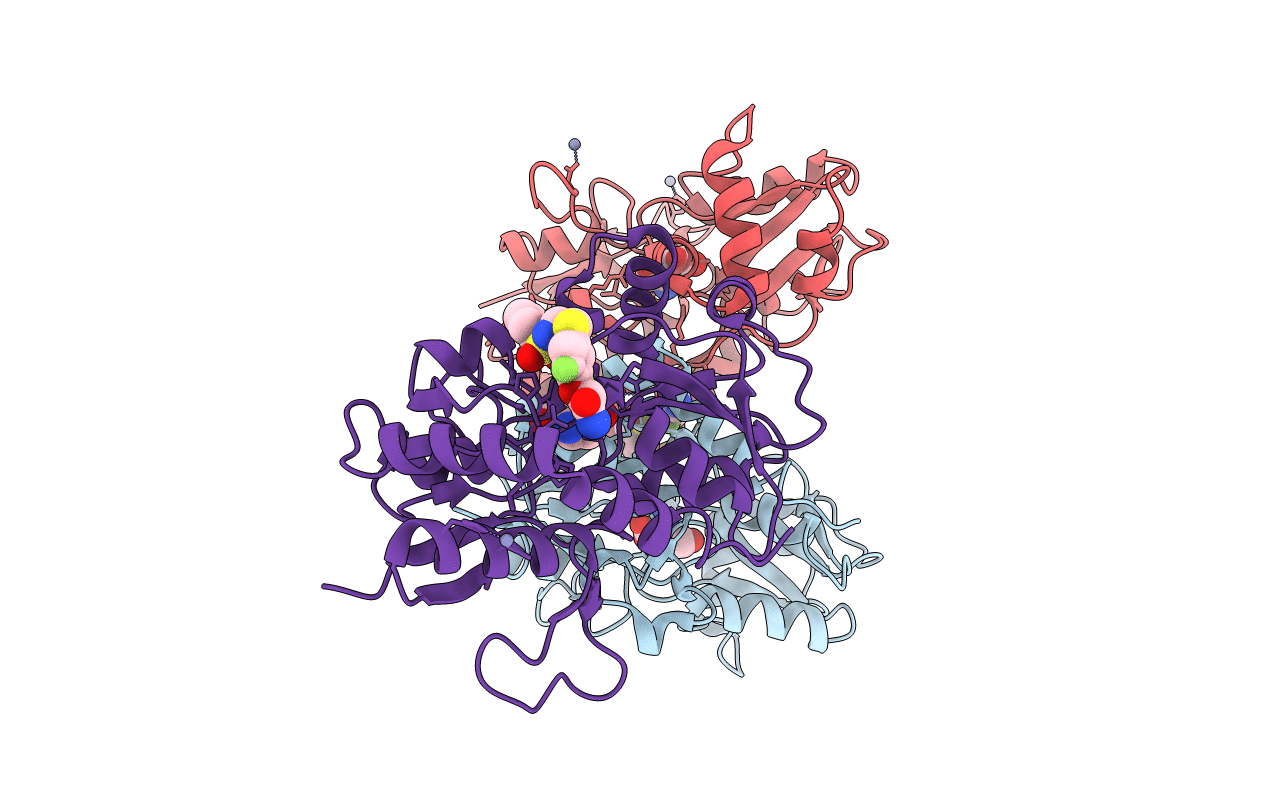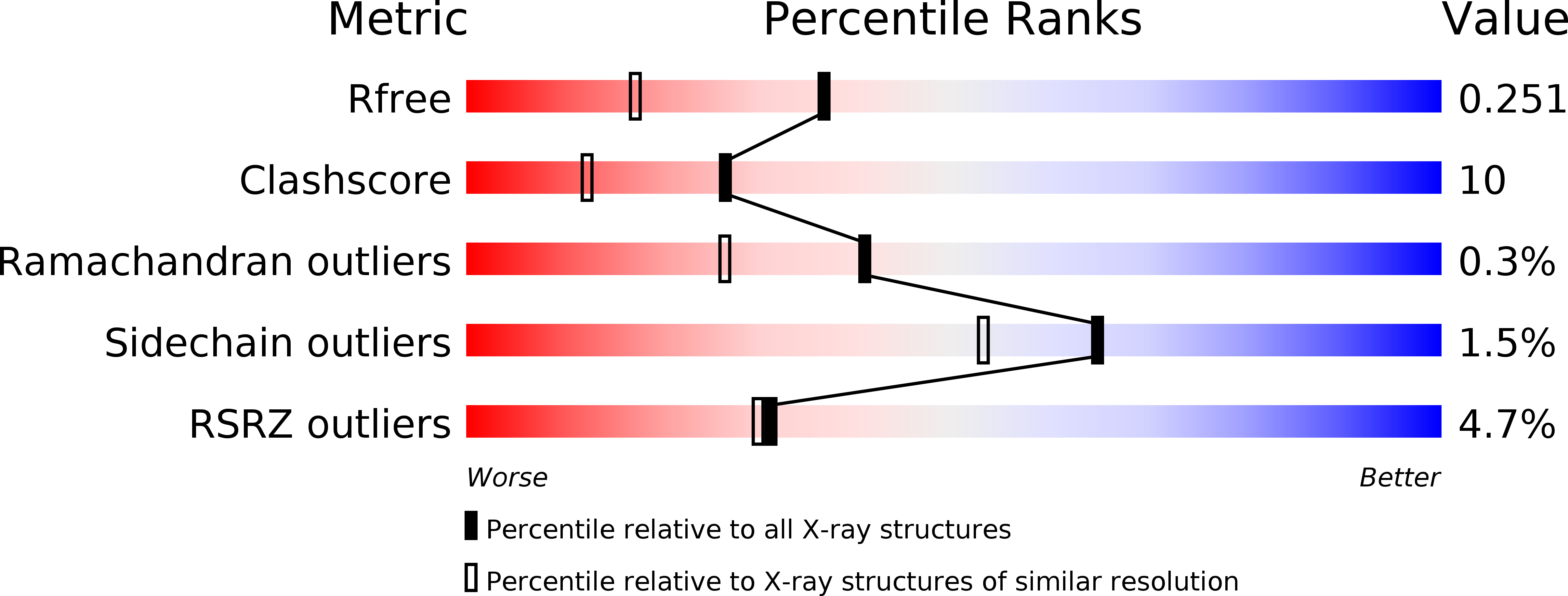
Deposition Date
2010-03-09
Release Date
2010-03-23
Last Version Date
2024-10-09
Entry Detail
PDB ID:
3M3L
Keywords:
Title:
PEPA bound to the ligand binding domain of GluA2 (flop form)
Biological Source:
Source Organism:
Rattus norvegicus (Taxon ID: 10116)
Host Organism:
Method Details:
Experimental Method:
Resolution:
1.85 Å
R-Value Free:
0.24
R-Value Work:
0.18
R-Value Observed:
0.18
Space Group:
P 2 21 21


